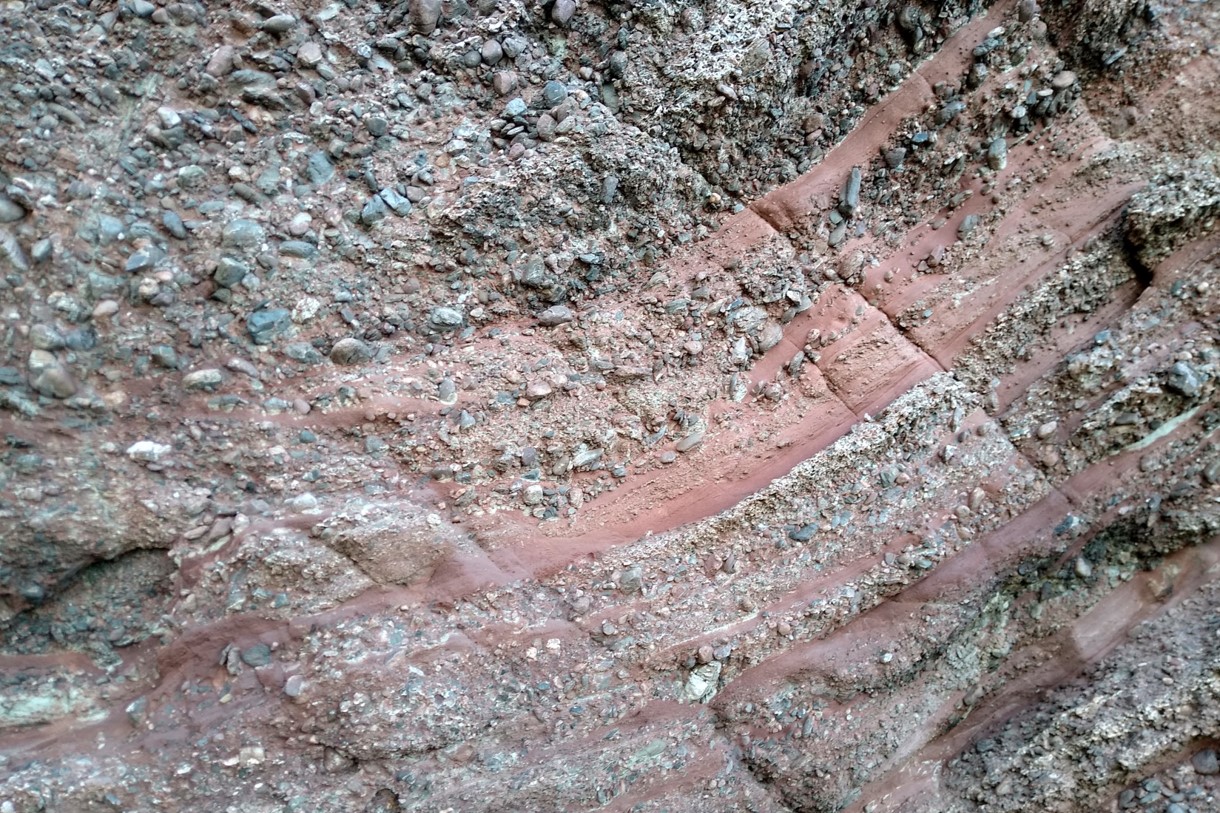As presented by Ronald Sørlie during the NCS Exploration – Recent Discoveries Conference in Oslo this month, the second last oil discovery for Lundin on the Norwegian Shelf proved that the devil is in the detail. Well 16/4-13 S did find oil in the Segment D compartment close to Solveig, but to conclude that it is just an extension of the field would be an oversimplification.
Oil families
As stressed by Sørlie, the oil encountered in Segment D is namely from another type compared to the oil found in the other compartments that make up the Solveig field. The oil in segments A, B and C within Solveig shows the occurrence of two distinct populations that have mixed across the field. Segment D oil has demonstrated to be yet another type of oil that shows the same characteristics as the oil in Edvard Grieg further to the north. This has been interpreted as a later charge from a different source kitchen than the oil in the main Solveig field.

Faults
A main reason as to why Segment D is different from the rest of the Solveig compartments is probably related to the structural setting in the area. Even though segments A, B and C display different contacts and are separated by faults, the fault zone separating segments C from D is characterised by a larger throw and is thereby isolating the areas on either side more.
A complex reservoir
At the early stages of Solveig drilling activity, the idea was that most of the alluvial reservoirs were of Triassic age. This was supported by biostratigraphy. However, the picture has shown to be more complex than that. The unexpected discovery of the Zechstein Kupferschiefer in one of the Solveig injector wells clearly suggested that much of the reservoir section is of Permian (Rotliegend) age instead.
In addition, work on different compaction trends within the reservoir section also suggested that a major unconformity separates a more compacted from a less compacted zone. This unconformity is now interpreted as the Saalian unconformity, which separates Devonian alluvial braid plain and fan conglomerates from Rotliegend aeolian and fluvial sandstones.
Production strategy
The current plan for drainage of Segment D is part of Phase 2 of the overall Solveig development. This phase includes the development of the northern part of Segment B, which is mainly characterised by a Devonian reservoir section, in addition to drilling a multi-lateral well consisting of two legs in the southeast corner of Segment D.
HENK KOMBRINK





